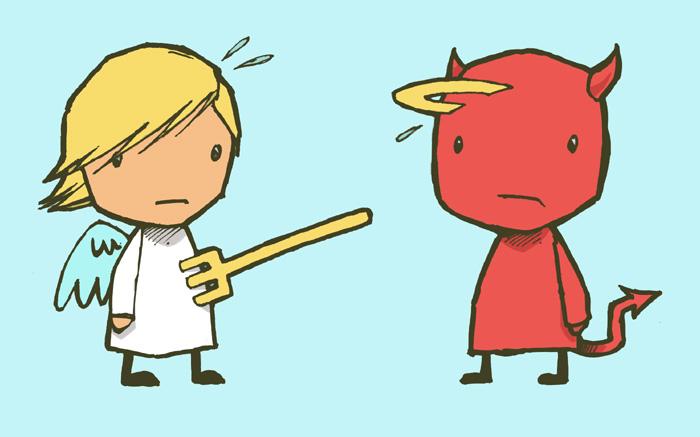Evaluation
Question 2

HOW DOES YOUR MEDIA PRODUCT
REPRESENT PARTICULAR SOCIAL GROUPS?
'A social group is a group of people who interact with one another and share the same characteristics such as age, ethnicity, class, interests and gender.' For example, below shows a comparison between one of the representations of twins (right) and our film opening which challenges those stereotypes.
One of the most common portrayals of twins is as incorrigible rascals. As a duo, they wreak havoc. They team up to create mischief and parents of twins will acknowledge that there is sometimes a measure of truth in this characterisation, and certainly, it has been a popular theme for a long time.
However our media product particularly challenges this generalisation of twins. This is done by turning our protagonists against each other. Breaking the stereotype by altering their compatibility through the narrative and Mise en Scene.

On the other hand, twins can be the ultimate symbol of good vs. evil, this is an extremely popular theme in soap operas. Among a set of twins, one twin is good, while the other is evil. Often the good twin is blamed with the evil doings and must fight to restore their image.

This representation is supportedby our finished media product. We deliberately used binary opposition of a villain and victim (Grace and Tamsin), by doing this we challenged the 'mischievous teamwork' view of stereotypical twins.
REPRESENTATION OF GENDER
We exploited a dangerous and possessive personality of our protagonist, challenging the stereotypical role usually assigned to women in psychological horror films (weak and vulnerable). We broke the conventions through the use of our narrative and body language used by our protagonist (the evil twin), as well as even having a bold costume, much larger than our victims (the good twin). Our other main character, Tamsin, does however reflect the qualities of the typical representations of women, through the high-angle shots looking down on her to show her submissiveness and framing Grace (the evil twin) in a constant position of power on camera (e.g centre of the shot or closer to the camera). Ultimately, this juxtaposed the physically dominant and controlling role, men usually convey.

AGE




Evaluation question 2
By milly-clark1
Evaluation question 2
- 947

